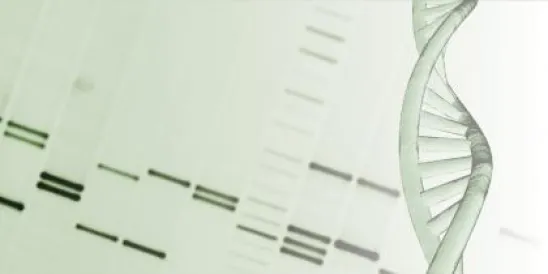Is DNA patentable? Are isolated genes representative of what the Supreme Court characterizes as patent-ineligible “products of nature”? In a much anticipated decision, the Federal Circuit recently reversed a District Court’s decision that Myriad Genetics’ composition claims to “isolated DNA” are unpatentable under 35 USC § 101.
The disputed patent claims were directed to DNA compositions associated with breast cancer and methods for using these isolated DNAs for diagnosing breast cancer and screening for potential cancer therapeutics targeting breast cancer. More than 20 plaintiffs, including researchers, professional societies, and women affected by cancer brought the lawsuit against Myriad Genetics and the United States Patent & Trademark Office. Myriad Genetics, which owns the patents, carries out commercial testing for mutations in the breast cancer susceptibility genes, BRCA1 and BRCA2. Much of the controversy and debate centered on whether gene patents incite or hinder innovation. Many believe that they drive up costs and squelch competition.
In a 2-1 ruling reflecting the controversy surrounding the validity of gene patents, Judges Lourie and Moore agreed that isolated DNAs are patentable, “human-made inventions” exhibiting “markedly different characteristics” from what is found in nature. Writing for the majority, Judge Lourie held that “isolated DNAs, not just cDNAs have a markedly different chemical structure compared to native DNAs” and constitute a “distinct chemical entity” distinguished from their corresponding DNAs in nature by cleavage from native DNAs through removal of covalent bonds. Judge Moore agreed that the DNAs in question are not products of nature, but emphasized that such products are not automatically patentable subject matter per se, except in this case they are, since “the isolated DNA sequences have markedly different properties which are directly responsible for their new and significant utility.” In his dissenting opinion, Judge Bryson agreed that cDNAs are patent eligible, but held that the disputed intron-containing DNAs are patent-ineligible because they fail the Supreme Court’s Chakrabarty standard insofar as the genetic coding material is the same, structurally and functionally, in both the native gene and the isolated form of the gene. Judge Bryson further opined that “a contrary ruling is likely to have substantial adverse effects on research and treatment in this important field.”
The Court further affirmed the District Court’s decision that Myriad’s method claims for “analyzing” or “comparing” gene sequences were invalid, since “they claim only abstract mental processes (e.g., ‘…wherein a difference in sequence indicates an alteration in sequence.’)” and reversed the District Court’s decision that Myriad’s cancer therapeutic screening claims were invalid, since the claims do not merely recite abstract method steps, but rather “transformative steps…present[ing] ‘functional and palpable applications’ in the field of biotechnology.”
The decision was reassuring to many in the biotech industry whose 40,000+ DNA-related patents and 2,645 patents claiming “isolated DNA” issued over the past 29 years could have been rendered invalid. Nevertheless, the decision is unlikely to end the debate, given the strong sentiments surrounding the case and the unresolved issues under 35 USC §101 that remain open to debate. It is likely that requests for en banc rehearing or petitions to the Supreme Court will follow.






 />i
/>i

